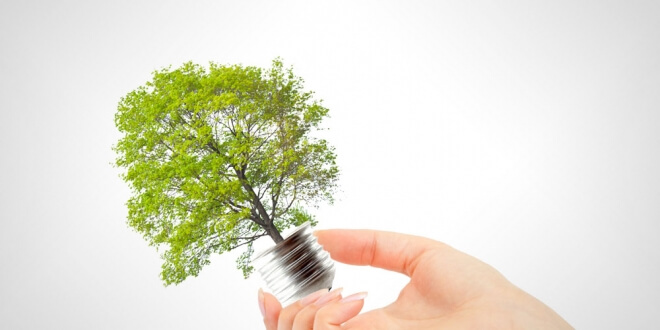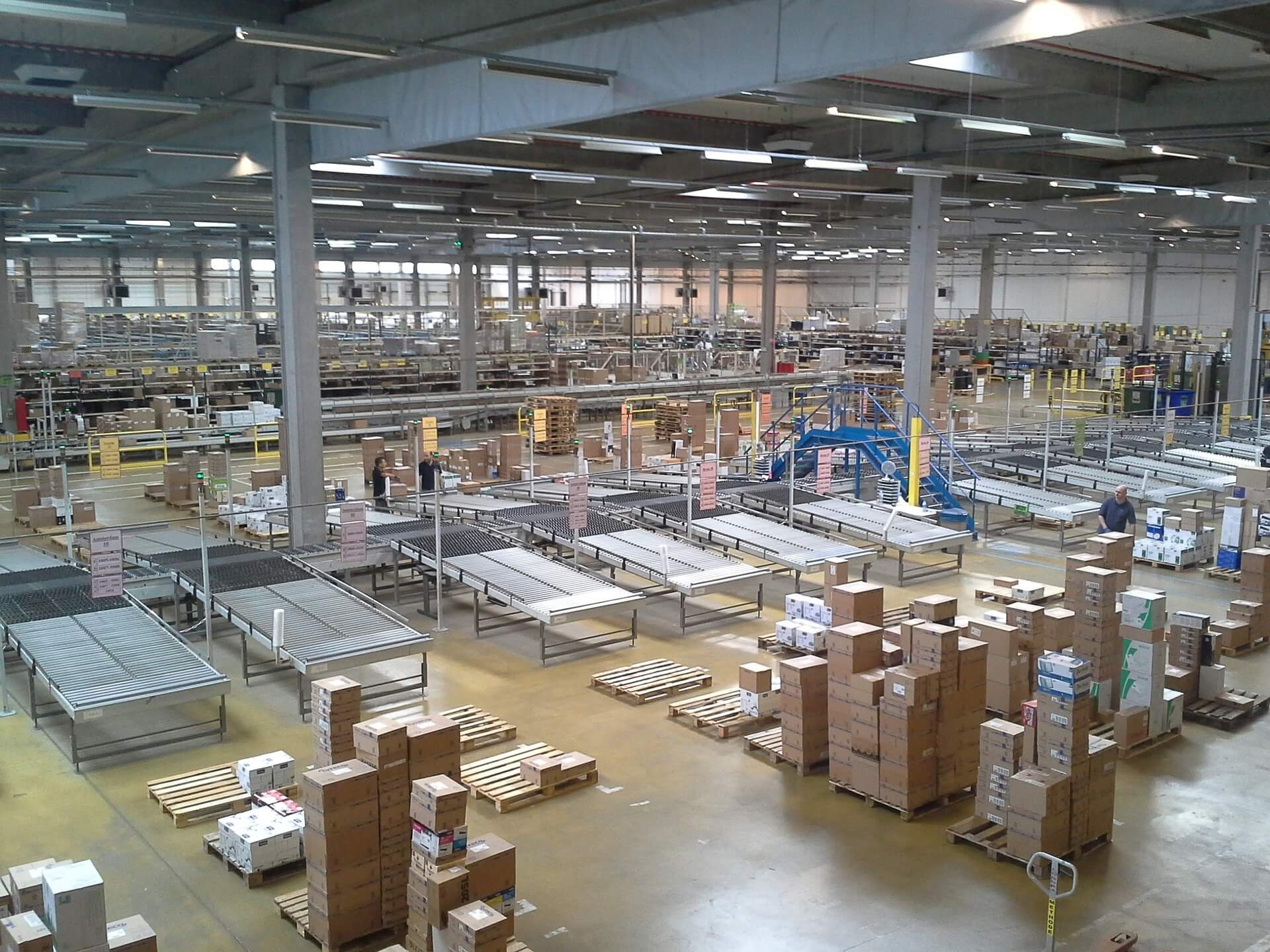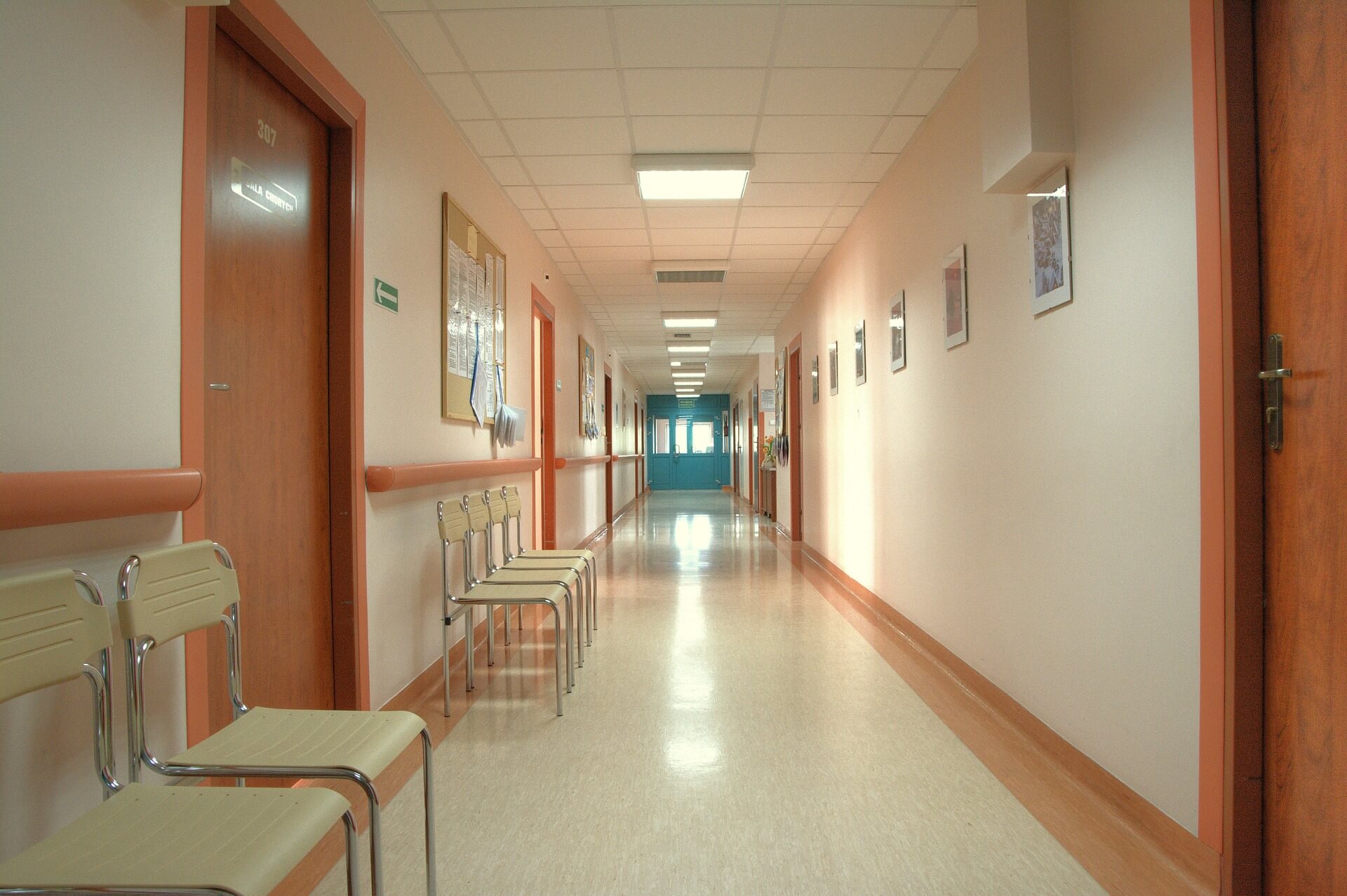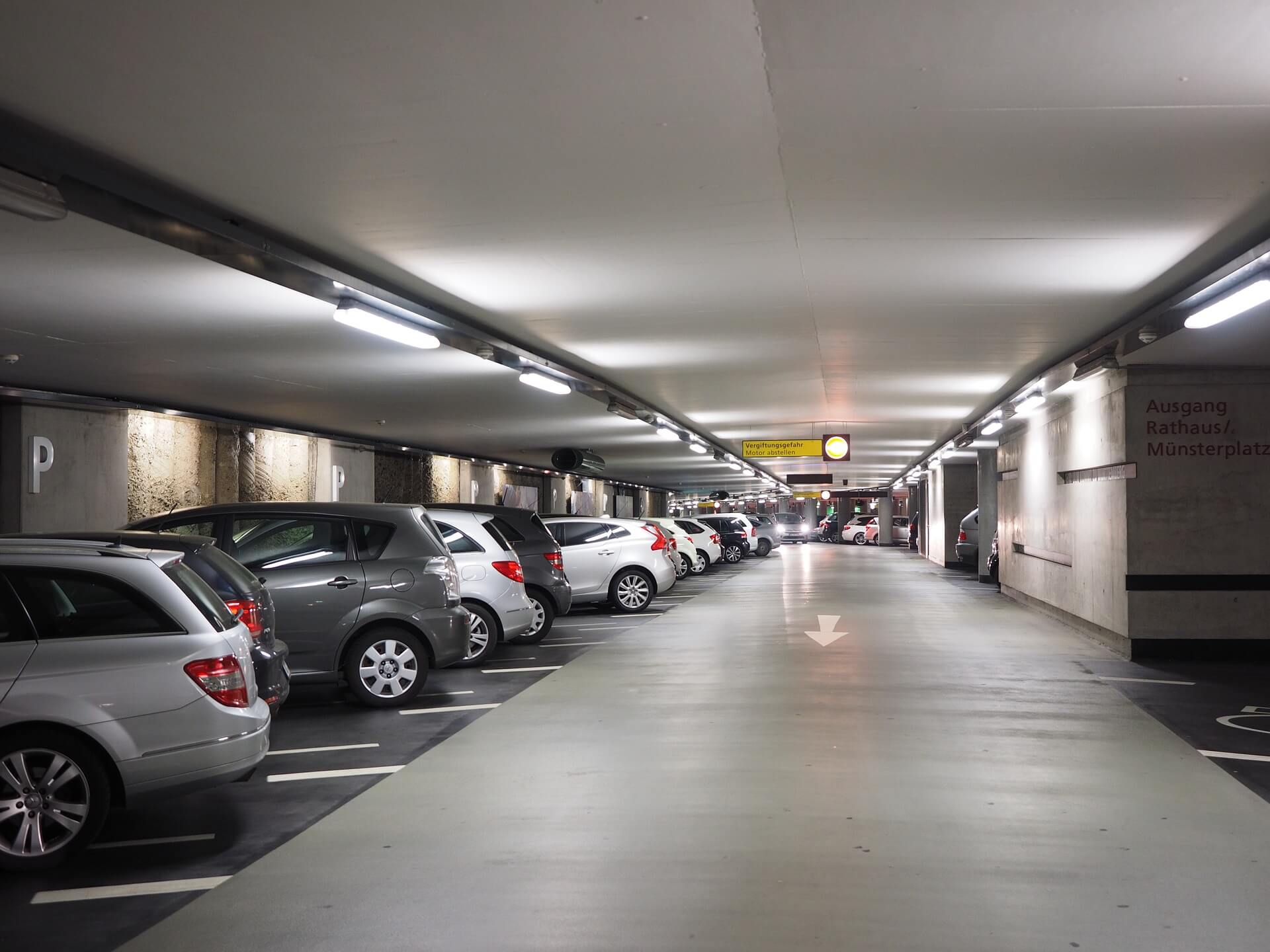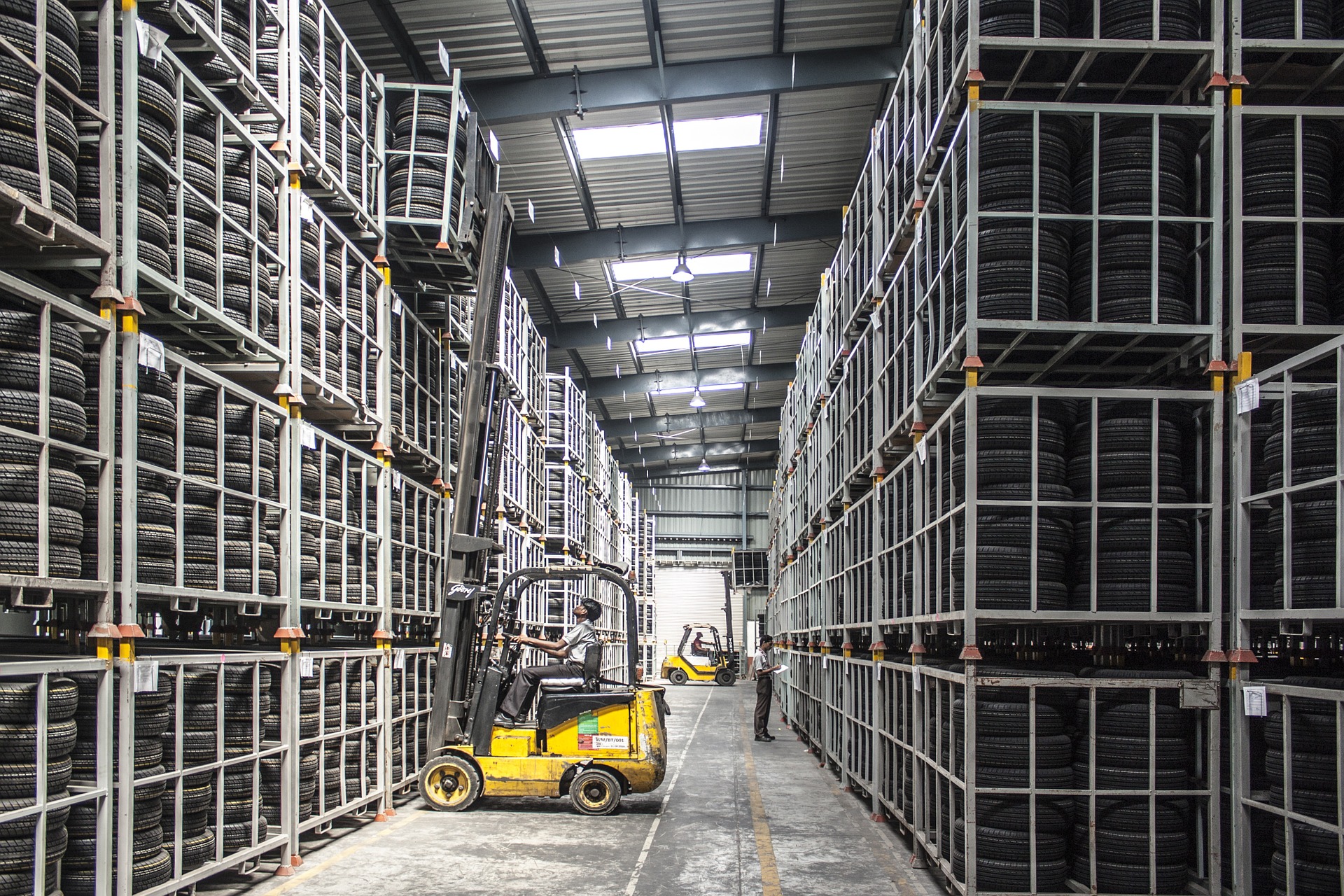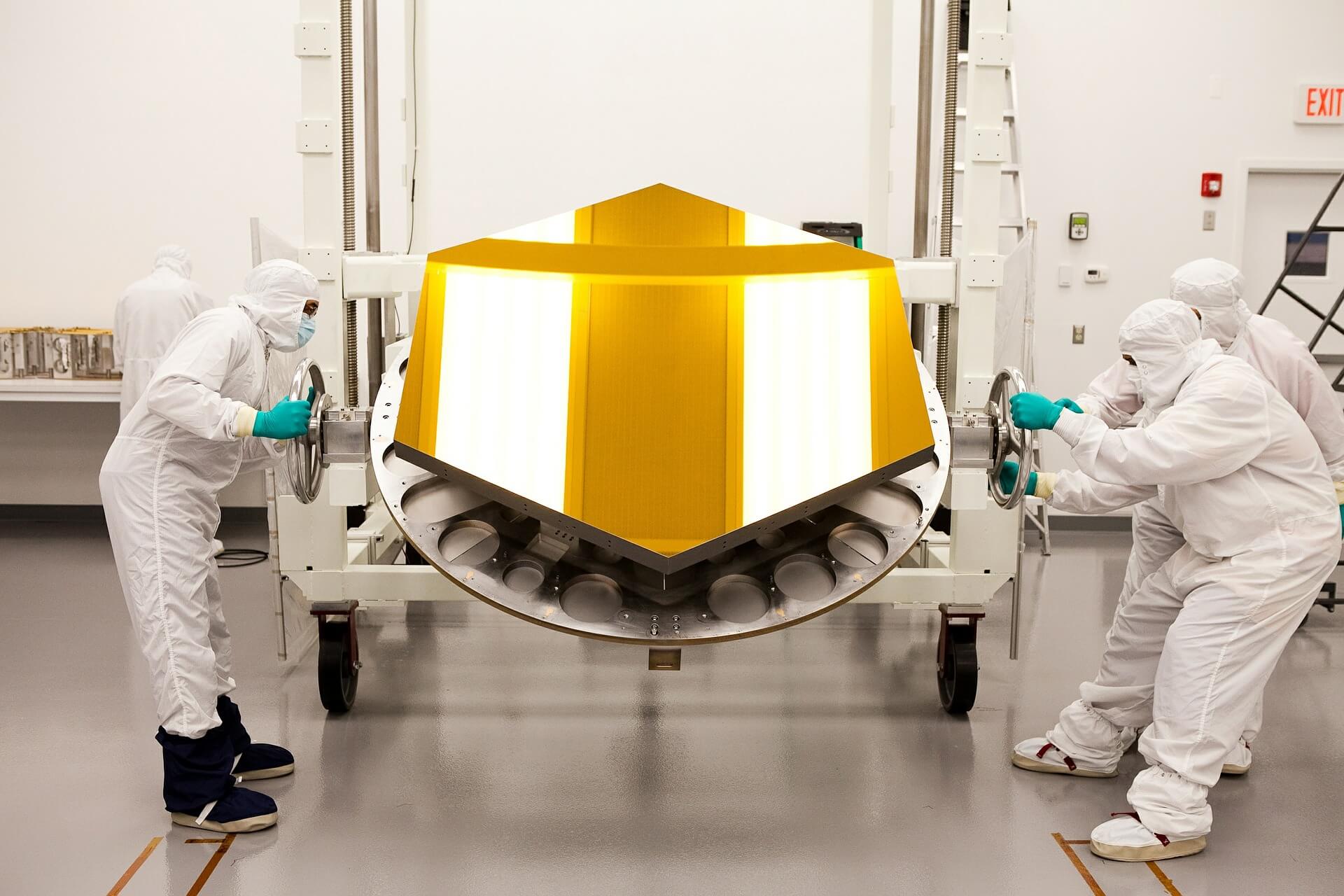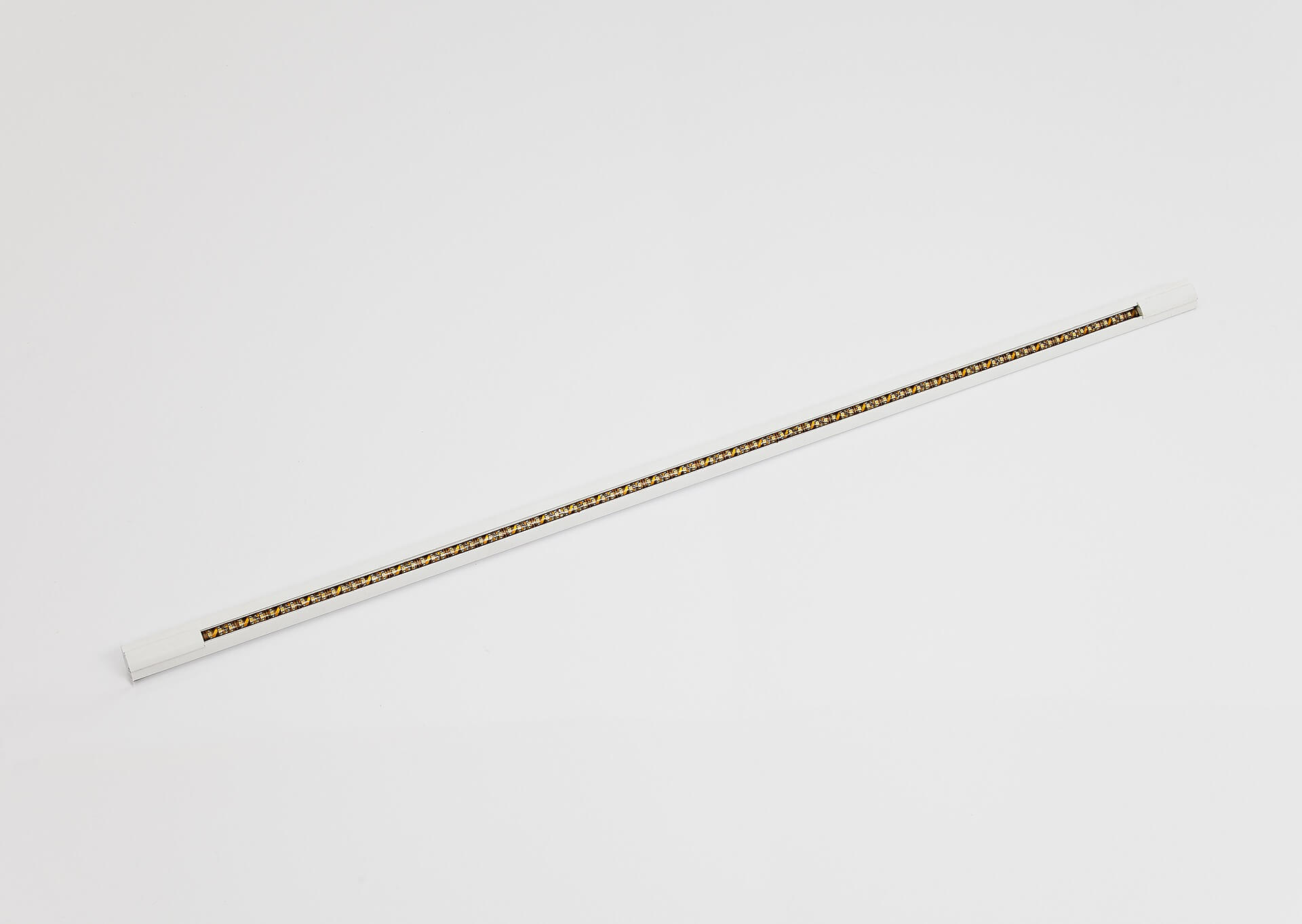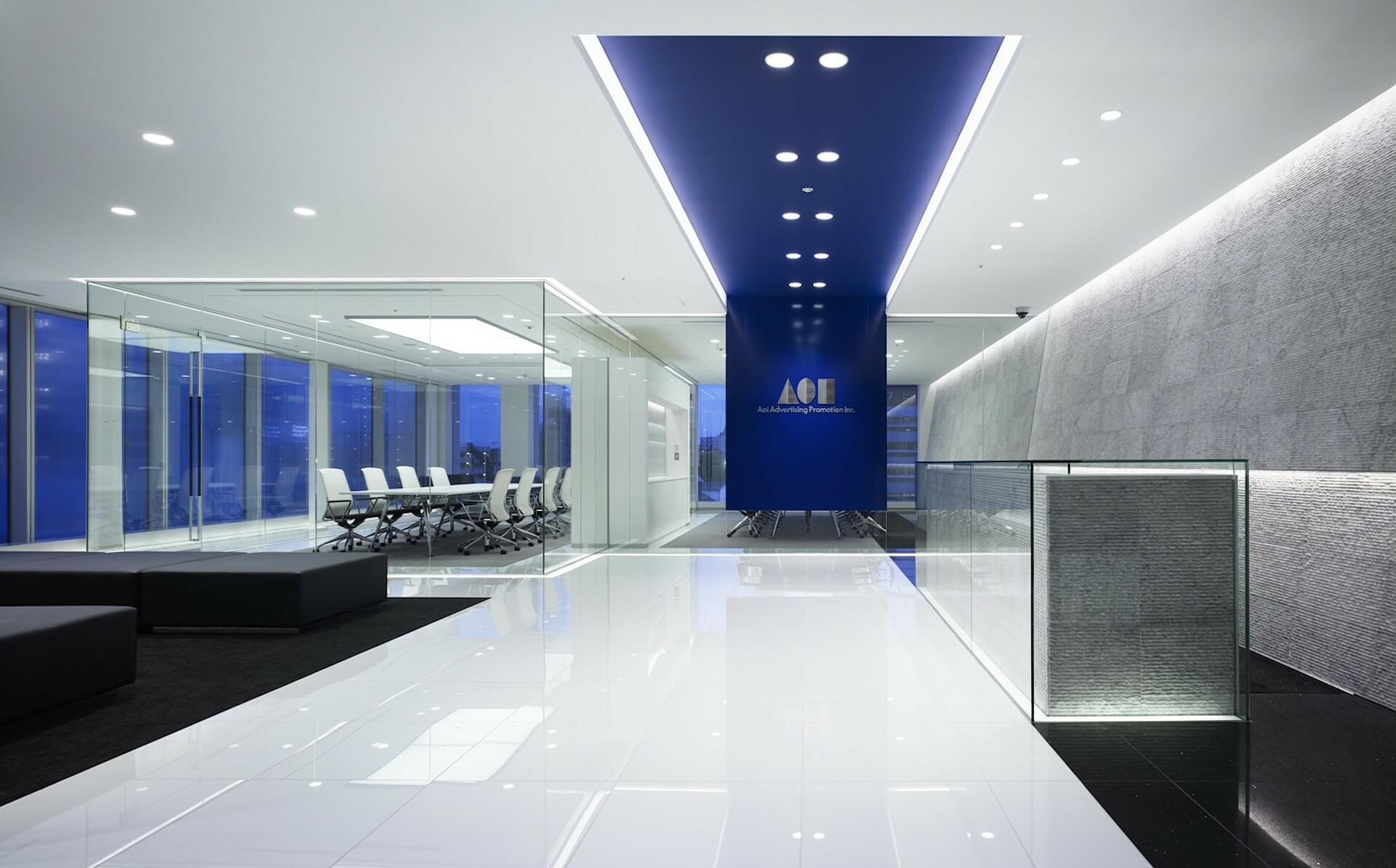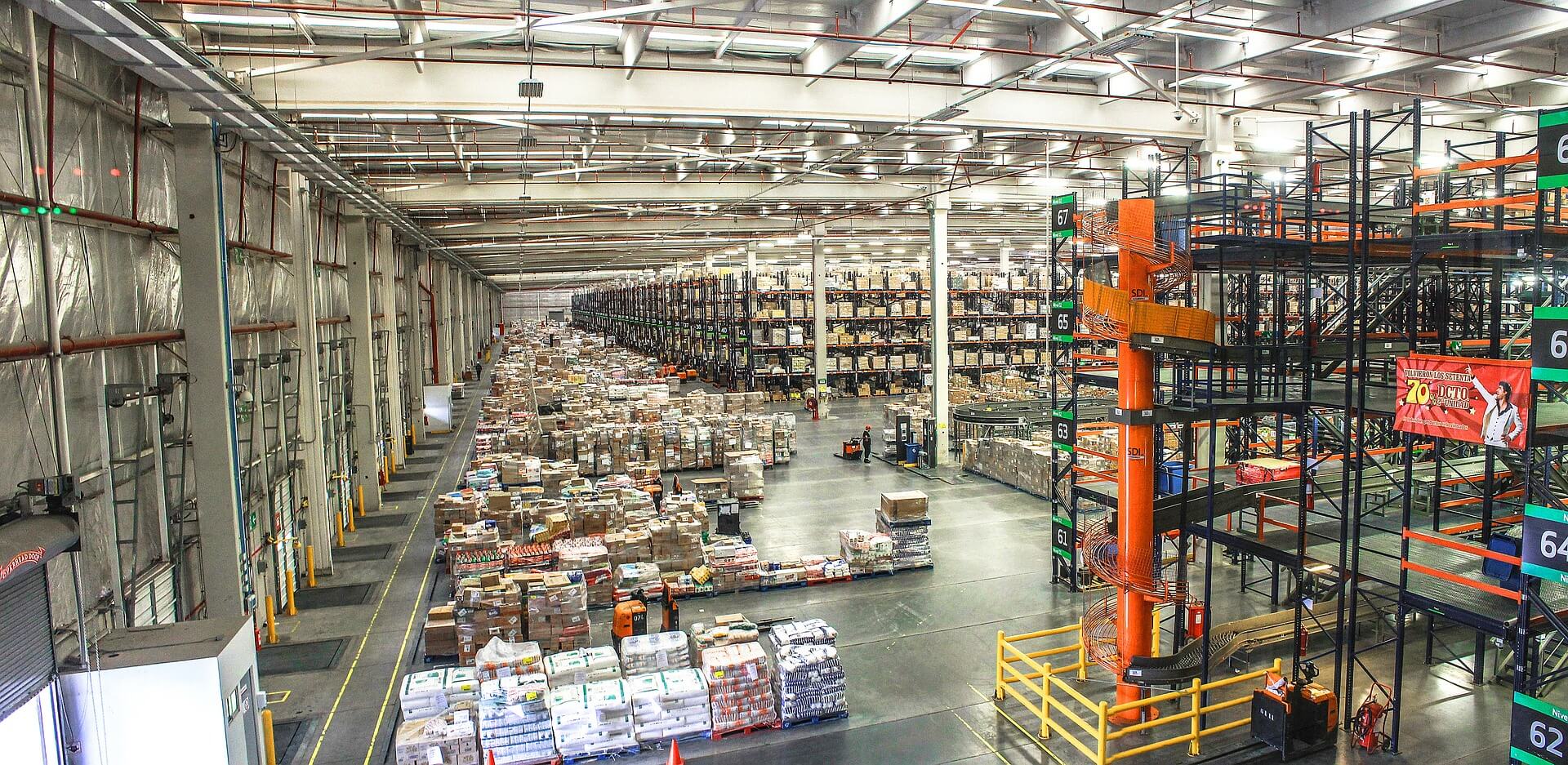Lighting contributes to a significant portion of any electricity bill, and homeowners and business owners alike have been searching for the solution to skyrocketing bills for decades. Could LED be your perfect answer?
Continue readingFive Benefits of Updating Your Grocery Store Lighting
Many grocery stores across the country are updating their lighting to LED lights. Here we will discuss five benefits of updating the lighting in your grocery store.
Continue readingIs Your Cold Storage Still Safely Lit?
From cut flowers to pork chops, there are dozens of industrial reasons why your business needs cold storage. These marvels of modern technology transformed the agricultural, brewing, and food service industries over a century ago and become more advanced with each decade. Your cold storage room may have a magnetic locking door, regulated ventilation, and digital temperature controls but it should definitely have bright, clearly illuminating electric lights.
The Hurry to Warm Up
The effectiveness and safety of your cold storage unit(s) should be checked at least once a year, and cleaned every week that it is frequently used. Unfortunately, cold storage safety is easy to skimp on without thinking about it. Even if you do regular cleaning and safety checks, it’s cold in there! Especially for freezer units, your body is wary about letting you linger in the cold. Too long and it starts sending urgent messages to leave and warm back up. This can cause people to hurry away from cold storage tasks without even realizing they have done so! This year, resolve to put on a coat and take a couple of rounds cleaning and securing your cold storage.
Staying Safe on Icy Surfaces
When checking on your cold storage, there are a few regular safety considerations. Due to the nature of cold storage, floors can become both dirty and icy. To deal with this, mop from wall to wall regularly and lay down thick, secure rubber mats on the floor between the shelves and anywhere you expect to step. Icy build-up on the walls commonly known as ‘freezer burn’ can be scraped away or melted with warm water, just remember to move shelves and goods away from the wall before bringing down the ice.
Staying Safe with Strong Lights
Changing light bulbs in your cold storage can be a freezing pain, but it is vital to continued safe use of your unit. Insufficient lighting increases the body’s fear response to lingering in cold temperatures. This combined with low visibility can drastically increase chances of both falling and dropping shelf items. Naturally you’ll want to change out your lights as little as possible so your ideal bulb is bright, long lasting, and produces very little heat.
Hospital Lighting: Improve The Well-Being Of Your Patients
Light has a major impact on human performances and human health because of its ability to enable essential chemical reactions in the human body. Light also enables us to effectively perform various visual tasks, and light also has an impact on our moods, emotions, and our perception of everything.
Since light has an impact on our body’s circadian system, light has a major impact on the outcome in healthcare facilities. When many patients are in hospitals, nursing homes, and other medical facilities, they can often find themselves depressed and sad. Light can have a major impact in hospital settings, due to its ability to:
- Reduce the length of a patient’s hospital stay
- Allow the patients to get a better sleep rhythm
- Lessening the pain in all patients
- Improving the moods of patients who have dementia
- Improving the work environment for the medical staff members who have to work at night
When your hospital lighting is improved, you will instantly see a difference in the health and well-being of all of your patients and your staff members. Improved hospital lighting should be incorporated in any healthcare setting, and not only because of how beneficial it is to patients.
LED lighting can be incorporated into your hospital at an affordable cost
Reduce Your Energy Bills And Enhance Your Parking Lot Lighting
Many businesses that have been operating for longer than ten years will likely have some lighting fixtures that have become outdated. When lighting at your business is outdated, you will find yourself paying some very costly energy bills. There was once a time when many businesses did not really think too much about parking lot lighting.
However, parking lot lighting should always be considered a high priority for every business that has a parking lot. A parking lot is the place where employees, customers, etc. park their cars and walk through the doors of your business. Your parking lot lighting needs to be able to provide everyone with a safe and secure location, regardless of what time of day it is.
There are multiple things you will need to consider when it is time to enhance your parking lot lighting:
- Do you prefer to use bright lights?
- Do you want lights that will be consistent with their lighting?
- What type of colors do you want your lights to display?
- How long will your lights last?
- How much will it cost for you to have your lights on at all times?
If you really want to understand how beneficial an improved lighting system can be, you should have a full understanding of how your current lighting system has worked over the years. If you are not sure of what type of fixtures you have been using, you should ask one of your maintenance employees.
Poor Warehouse & Distribution Center Lighting: An Overlooked Cause of Forklift Accidents
Forklifts can weight up to 10,000 pounds and may carry loads of up to one half their weight. This means a 10,000 pound forklift may carry 5,000 pounds, which totals 15,000 pounds. In busy warehouse & distribution centers, rushed forklift operators travel up and down warehouse aisles at speeds of 8 mph. At such a speed, a 15,000 pound forklift-load combination cannot stop on a dime. It shouldn’t come as a surprise then, that forklift accidents are all too common and cause many fatalities.
Some of the contributing factors to forklift accidents are:
- Forklift operator distraction.
- Floor worker distraction.
- Insufficient operator training.
- Loads obstructing the operator’s visibility.
- Limited driver visibility when operating a forklift in reverse.
- Poor warehouse lighting.
When accidents occur, the fault is often placed with the forklift driver. The typical remedy is to either replace the driver, or require that he receive more training. Other contributing factors are given less attention, especially inadequate warehouse lighting.
Warehouses with lighting levels below 2 lumens per square foot are accidents waiting to happen. This minimum lighting requirement also applies to the dimmest areas. Here are four suggestions for solving this problem:
- Use effective lighting technology. Of the different lighting technologies in use, LED lights put out the most illumination for the power consumed. They are also the most compact and rugged, and have the longest operating life.
- Your warehouse should have highly reflective walls, ceiling and floor. Light colored walls, ceiling, and a clean polished floor serve to scatter and further distribute your overhead LED lighting.
- Add additional lighting to the darkest areas of your warehouse if required. This step ensures that you meet the 2 lumens per square foot minimum.
- Change your forklift lights to LEDs. The bright white light combined with the forklift’s movement serve to catch the attention of floor workers.
These warehouse & distribution center lighting changes will reduce accident rates, which should reduce your workers compensation premiums and keep your workers and forklift operators safe.
Design Considerations for Manufacturing Lighting
Many elements go into creating a successful manufacturing facility, and good lighting is one component that should not be overlooked. Good lighting in an industrial facility can keep workers safe and more productive, and a cheerful, well-lit workplace can be good for morale. However careful consideration must be given to the lighting system, since not just any lamp will do.
Cost
In today’s global manufacturing environment there is a level of competition unknown to our predecessors, and companies must keep costs low in order to come out on top. Outdated lighting can eat up large amounts of energy and require frequent, costly bulb replacements. Less money spent on operating costs means higher profits overall, so products that offer great performance while keeping plant energy and maintenance costs low are an excellent investment.
Adequate Lighting
Poor light levels can make it more difficult, or even dangerous, for workers to do their jobs. Many tasks performed on the production floor require great attention to detail. In addition, safety is of the utmost importance in a manufacturing facility and workers must have adequate lighting to avoid any potential hazards. Manufacturing plants often have high ceilings, so lights must be powerful enough to reach the work floor. Consideration should also be given to color and placement of lights to optimize lighting levels in the facility.
Resilience
Finally, the conditions found in an industrial environment are harsher than those of, say, a shopping mall or high school gymnasium. Manufacturing lighting must be resilient enough to withstand harsh conditions like high humidity, heat, vibrations, chemicals and large equipment that could damage it.
At Relumination, our seasoned professionals are well-versed in manufacturing lighting design and will work with you to design a lighting layout that is ideal for your facility.
LED Lighting: It’s Time to Let Go of Glass Tube Technology
LED is short for “light emitting diode.” The light emitting part of the name is easy enough to understand. However, the diode part is less so for many non-technical people. A diode is a solid state device that allows electric current to flow in one direction only. Diodes are used in electronics, and exceedingly small diode elements are present within the integrated electronics used in computers. In any case, an LED is a diode that lights up when electricity flows through it.
Before solid state devices such as diodes and transistors were invented, radios and even computers were made from glowing glass tubes called vacuum tubes. These put out lots of waste heat and didn’t last long. Thanks to solid state devices, commercial electronics and especially computers advanced rapidly. They got smaller, became more powerful, and consumed less energy. Today, the only vacuum tube based computers are found in museums.
Oddly enough, the lighting industry took much longer to make commercial use of solid state LEDs. It’s also odd that we still use vacuum tube based lighting, otherwise known as incandescent lights. An incandescent light is just a glowing filament placed inside a vacuum tube. Like the vacuum tubes used in the old 1950s computers, incandescent lights put out tremendous waste heat.
In fact, about 90% of the electricity that powers an incandescent bulb turns into heat. The old vacuum tube computers required constant maintenance to replace vacuum tubes that were always burning out. Likewise, incandescent light bulbs require a fair amount of maintenance compared to LED lighting.
In some ways, fluorescent lighting is an improvement over the incandescent bulb. But it too, is just glass tube technology that uses a gas as its “filament.” It’s just as bulky and fragile as incandescent lighting and puts out more waste heat than LEDs. Why didn’t glass tube based lighting die off like the vacuum tube based computers and electronics? Because glass tube lighting does its job well enough, provided you have plenty of energy to waste.
Today, many business owners are learning first hand about the cost savings in reduced energy use and reduced maintenance requirements of LED lighting. They have chosen to leave the old glass tube, 20th century dinosaur technology behind.
Five Reasons to Use LEDs for Decorative Lighting
Decorative lighting adds visual appeal, style, and professionalism to your business establishment. It differentiates you from your plainer looking competitors. It makes your business look more successful. To make it worth your while, decorative lighting shouldn’t require excessive maintenance, become a fire hazard, or cause big increases to your energy costs. Here are five reasons LED lighting is the best choice:
Energy Efficient
Compared to other technologies such as incandescent and fluorescent lighting, an LED light converts more of its electrical input into light. Incandescent bulbs for example, produce more heat than light. To put out the same amount of illumination as an LED light, the incandescent bulb requires higher wattage. This extra power is wasted as heat. Although your money isn’t going up in smoke, it is going up in heat.
Efficient Color Production
There’s another type of efficiency that LEDs enjoy over incandescent lights. To produce a color, an incandescent light uses a filter, that is, the bulb uses glass with a translucent color such as red, that only allows red light through. The light is dim because most of the bulb’s light doesn’t pass through. This is energy inefficient. On the other hand, a red LED light only produces red light. The power going into the LED directly produces the desired color, such as red.
Safe
Because LEDs produce little heat, they don’t get hot and aren’t fire hazards. You can safely leave them on for hours. They won’t burn the fingers of anyone who handles them.
Versatile
LEDs don’t require a warm-up period. If you want them to blink, they’re perfectly suitable. They’re easily dimmed and amenable to all kinds of control schemes. You can program a controller device to turn them on and off and vary their brightness in very complicated patterns.
Rugged
An LED light is a solid state device. There’s no glass bulbs, tubes, filaments, or glowing gas. It isn’t a collection of separate parts. It’s a solid piece of material. This means it tolerates vibration and shock impacts better than other types of lighting. When using them outdoors, you needn’t worry about wind storms. This saves on maintenance costs. In addition, LED lights outlast other common forms of lighting, which further reduces the cost of maintenance.
Light Without The Heat – Our Cold Storage Lighting Solutions
Cold storage facilities offer a unique energy challenge. The budget costs associated to operate these warehouses using outdated equipment has risen dramatically. The very essence and source of light produces heat and traditional methods for illumination are not energy-efficient or easy to maintain in those conditions. It has been a challenge and cost-prohibitive to the average business owner. Until now.
Technology has made great strides to provide energy-efficient and money-saving improvements to lighting solutions for cold storage. In addition to LED fixtures that now run much cooler than traditional fixtures, they also use over 75% less energy. The load on your overall system is substantially and consistently reduced.
Options are available that allow you to operate the system on a timer to minimize the heat production and lessen the impact on your refrigeration system. This provides savings on both sides of the system. Top notch controls allow you to maintain your facility to run at peak performance.
These improved options also reduce maintenance time and cost. They are designed to last longer with fewer disruptions or down times to change bulbs in often hard to reach places. The bright bulbs offer better working conditions for your employees and improve performance and mood.
We here at Relumination strive to provide our customers with the most innovative and efficient resources for their business. Our years of experience and advanced knowledge have prepared us to offer proven results.

